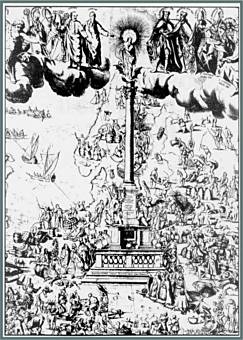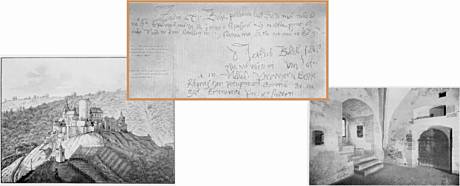Exhibition of the Czech Reformation in the European context
E Conscience Freedom Fight (16th century, 1st half of 17th century)
E 1 Dialogue between the Czech and World’s Reformation
1. Symbolic illustration of M. John Huss and Martin Luther during joint Holy Communion in both kinds serving
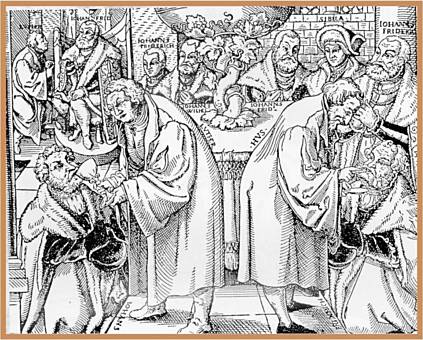
2. The defence of the Unity of Brethren’s doctrine
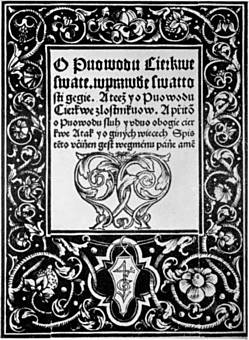
3. Luke of Prague’s answer to Martin Luther introduces the reformers during the dispute
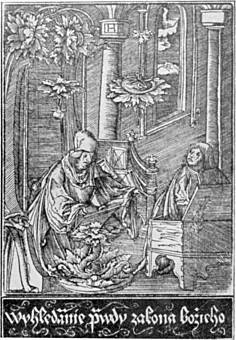
4. Unity of Brethren’s hymn-book for German believers
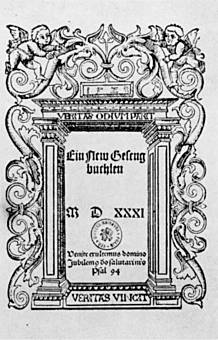
5. Jan Augusta, Brethren bishop jailed for 16 years because of the German Protestants defeat in the Schmalkalden’s War
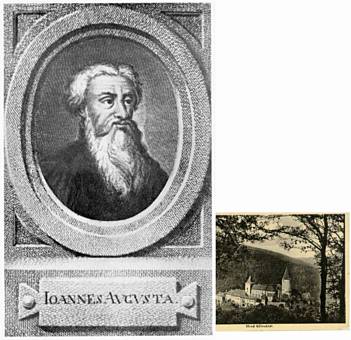
E 2 Land of Religious Freedom
1. Gradual of Dačice from 1587, work of writers from the Church of Both Kinds
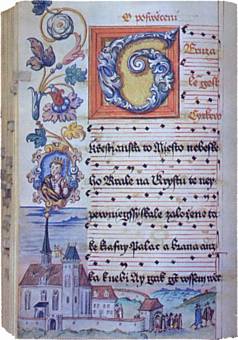
2. Daniel Adam of Veleslavín, publisher and sympathizer of the Unity of Brethren
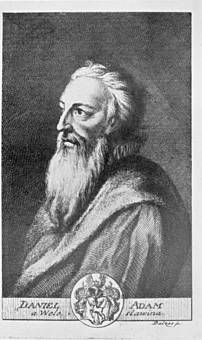
3. Kralice, seat of printing workroom of Brethren
– Famous "Six-volume" of Kralice (Bible of Kralice in six volumes)
– Display of print from Bible of Kralice with notes
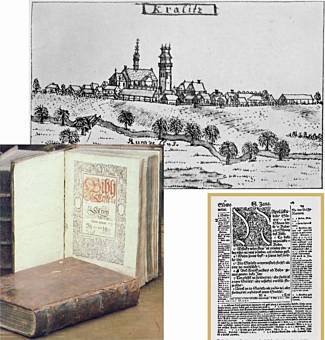
4. Brethren’s hymn-book from 1564
– German hymn-book, issued by the Unity of Brethren for Protestants of the Reformed Confession in 1606
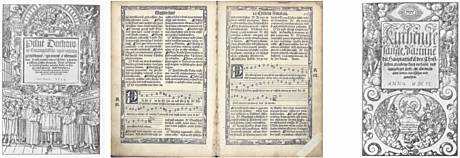
5. Václav Budovec of Budov, significant member of the Unity of Brethren, who prepared the Charter of Rudolph II proclamation, beheaded in 1621
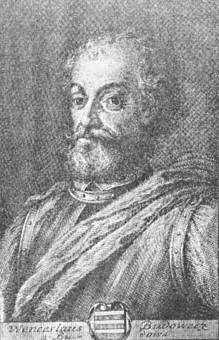
6. The Charter of Rudolph II from 1609, ensures the faith of freedom (conscience freedom) with a law in Kingdom of Bohemia
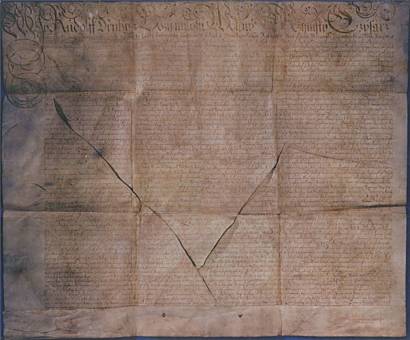
E 3 Monopoly Dictate of the Ideology
2. Jan Jesenius, Charles University rector, excellent physician, executed in a particularly brutal way on June 21st, 1621
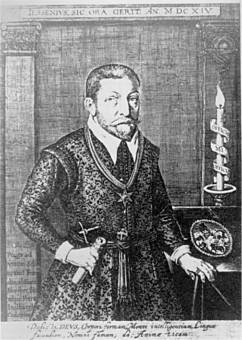
3. The Restitution of the Land Order, foisted land constitution, from 1627 for Kingdom of Bohemia (for Margraviate of Moravia was proclaimed in 1628)
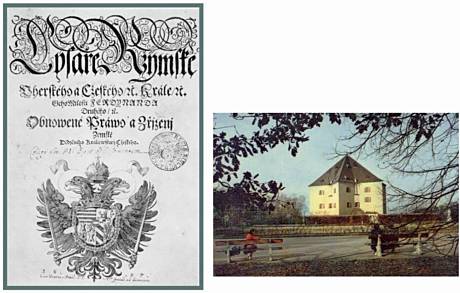
4. Both external and internal integrity corruption of the Czech state, confiscations since 1620 till 1648 in Bohemia and Moravia
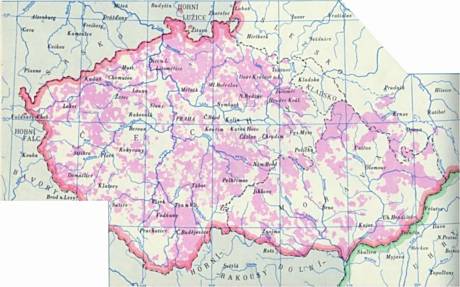
5. Virgin Mary the Victorious’ church (with famous Baby Jesus of Prague) in the Lesser Town, rebuilt in honour of the Battle of the White Mountain’s victory from the confiscated church of German Lutherans
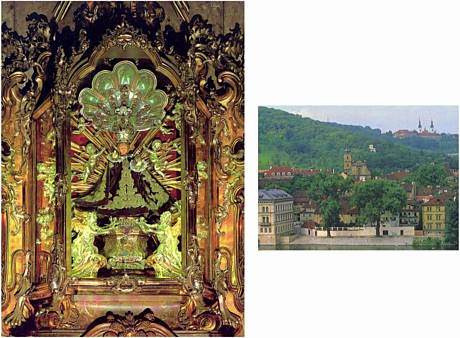
6. Virgin Mary Column at the Old Town Square in Prague as the proclaimed spiritual centre of Europe (segment from engraving by Karel Škréta from 1661)
